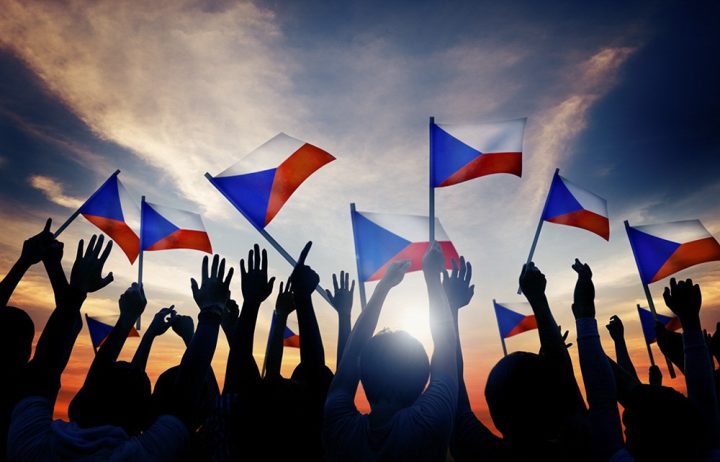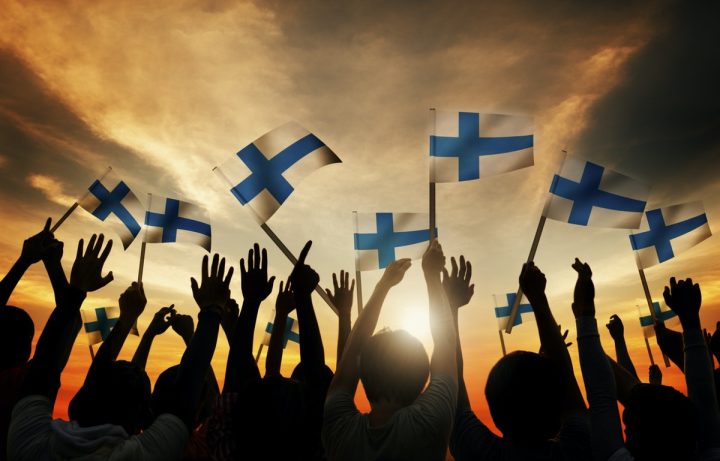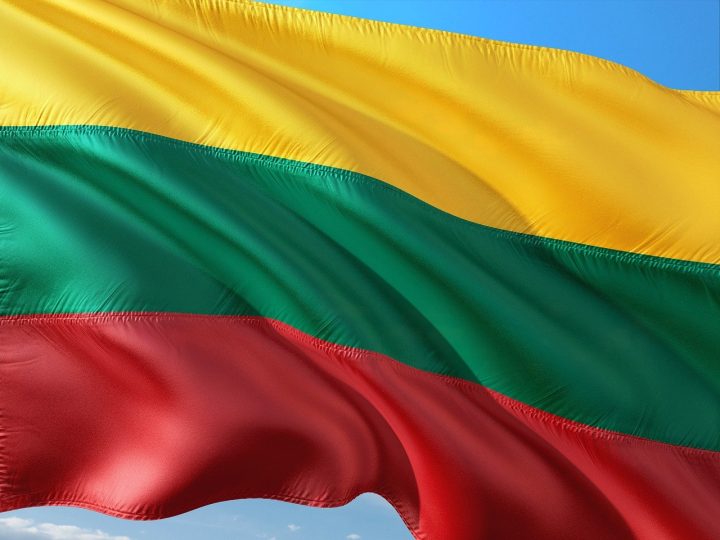European Ecommerce Overview: Croatia
Written by
Kinga EdwardsPublished on
Want to know how the Croatian e-commerce looks in 2025 & 2026? If yes, scroll down and learn all the essentials.

Croatia is a country located on the Balkan Peninsula. It’s one of the countries that is becoming an increasingly popular holiday destination for many Europeans. Croatia shares a border with Bosnia and Herzegovina, Montenegro, Hungary, Slovenia, and Serbia. This country has access to the Adriatic Sea. It has been a member of the European Union since 2013.
Although the former Yugoslavia countries have so far struggled with their history’s economic consequences, Croatia is doing relatively well compared to other countries. Tourism has made a huge contribution to this situation.
But today, we will take a closer look at Croatian e-commerce. We will find out how this country is doing when it comes to online selling & buying.
Croatian e-commerce overview
Croatia’s e-commerce market in 2025 sits in that “small but moving fast” zone. One number that frames it well: the Croatia e-commerce market is expected to reach $1.05 billion in 2025. And it’s not a slow-growth story either. The same source puts the market on a 14.27% CAGR track out to 2030.

Now zooming out from “market size” to “market readiness”: Croatia is very online in a day-to-day sense. As of early 2025, Croatia had 3.27 million internet users and 84.6% internet penetration.
Mobile is also a big part of the baseline. Croatia had 5.64 million mobile connections in early 2025, which equals 146% of the population (yes, more connections than people, because many people have more than one SIM/device).
One more “texture” datapoint: the Croatian e-commerce market generated about $89 million in revenue in November 2025 (single month).
If you’re planning for 2026, the simplest way to think about it is this: more buyers will expect e-commerce to feel like a normal utility, not a “special online thing.” And when buyers feel that way, they get picky about delivery, checkout, and trust (you’ll see that pattern in the numbers below).
Consumer behavior in Croatia
Let’s start with the headline that matters most: in Croatia, 80% of the total population buys online. Now, not all online shoppers behave the same. The “regular e-shoppers” do most of the volume:
- 85% of all online purchases are made by regular e-shoppers in Croatia.
- Those regular e-shoppers order 41 parcels per year on average.
That’s a lot of deliveries. It also explains why delivery experience becomes such a big deal in Croatia (we’ll get to logistics in a later section).
And what do they buy online?
Across large-scale European research referenced by DPD/Geopost (and reported locally), the most popular online categories for Croatian buyers remain:
- Fashion
- Beauty
- Footwear
Also, Croatians stand out in online buying of fashion accessories and home décor products.
Online vs offline
People are comfortable buying online at scale (as we already learned, 80% of the population does it), yet they still care about control and certainty. That’s why:
- Trust matters a lot when choosing a webshop.
- Delivery choice matters enough that buyers care which courier is used (more on that soon).
In everyday terms, a common pattern looks like this:
- Online is used when people want price comparison and more choice (especially in the categories above).
- Offline still wins when people want “take it now,” or they want to see an item first (think: last-minute needs, or items where fit/feel matters). This part is more common-sense than surveyed here, so treat it as a planning assumption, not a hard statistic.
But that’s not all. Regarding Croatian e-commerce, here’s what you should know:
- Client satisfaction: 88% of regular e-shoppers in Croatia were happy with their most recent online shopping experience. That’s good news for anyone entering the market, because it suggests the basics (sites + delivery + payment options) are working fairly well for many shoppers.
- C2C behavior: C2C is also part of the shopping mix. In Croatia, 52% of C2C users buy this way once a month. That’s a strong signal that second-hand buying and peer-to-peer platforms aren’t niche. They’re a normal habit for a big chunk of digital shoppers.
- Gen Z demands: Gen Z is especially demanding in e-commerce, in a very “you need to keep up” way. Two numbers that matter for CX planning:
- 3 out of 4 Gen Z buyers expect free delivery through loyalty programs.
- 9 out of 10 Gen Z buyers are used to receiving order-status notifications.
Also, Gen Z in Croatia is heavily influenced by social platforms for shopping inspiration.
Payment methods in Croatia
Payment in Croatia has a very “mixed comfort” vibe: people buy online a lot, but they still want payment methods that feel safe and familiar.
A clean, Croatia-specific datapoint from Adyen’s Croatia payment-method guide: Around half of the nation prefers cash on delivery for online purchases.
That’s the kind of number you plan around, because it affects conversion. If your store can’t support it (or can’t support a close alternative like pay-on-pickup), you risk losing a chunk of buyers.
Card usage is also structurally strong. Adyen notes Croatia has 2.62 credit cards per capita.
And from a “what do shoppers expect from merchants” perspective, a 2025 Ipsos study commissioned for Worldline points to how card acceptance affects sales:
- 43% of small business owners say customers abandon a purchase if they can’t pay by card.
- Among micro and small businesses, only 36% currently offer card payments (so there’s still a gap between expectation and availability).
Thus, the practical “top set” for offered payment methods in this country would be:
- Cards (debit/credit)
- Cash on delivery / pay-on-pickup
- And also – digital wallets, as it’s one of the top choices for younger consumers (Apple Pay/Google Pay)
2026 angle: Expect a steady movement from “COD as comfort” toward “wallets as comfort,” especially on mobile. The direction is already baked into merchant priorities around mobile payments and wallets.
Social media in Croatia
Croatia is very social-media active in 2025. 2.68 million social media users, which equals 69.4% of the population.

Now the platform layer. DataReportal’s early-2025 snapshots show these ad-audience sizes in Croatia:
- Facebook: 1.85 million
- Instagram: 1.40 million
- TikTok: 1.12 million
- LinkedIn: 1.10 million
- Facebook Messenger: 1.30 million
So, if you’re thinking “where do people discover products,” Instagram and Facebook sit right at the center, with TikTok as a strong attention channel.
But… do people buy via social media in Croatia?
Yes, social platforms are strongly tied to the shopping journey (discovery + influence), even if the final checkout often happens on a webshop.
DPD’s 2025 Croatia write-up says:
- Social networks are becoming an inspiration for buying, with Instagram and Facebook having a strong influence, and TikTok steadily growing.
- “Almost all” regular Croatian online shoppers use at least one social network weekly as part of their purchase journey (researching products, checking content, learning about offers).
And for Gen Z specifically in Croatia:
- 76% use Instagram at least once per week, and social platforms are described as their main shopping inspiration. eCommerce Hrvatsk
If you’re selling into Croatia in 2026, the safe assumption is:
- Social stays a top discovery channel
- Short-form content (TikTok-style) keeps growing as “research entertainment”
- Trust signals matter even more (reviews, comments, visible service quality), because 2025 research already emphasizes trust and recommendations shaping decisions
Croatian logistics
If you only remember one logistics theme for Croatia in 2025, make it this: Shoppers want choices, and they use them.
Here are the numbers that show it clearly:
- 61% of Croatian e-shoppers choose out-of-home (OOH) delivery (pickup points, parcel lockers, stores, similar)
- 62% use more than one delivery location (mixing lockers, pickup points, workplace, alternate addresses, etc.)
- 67% say the delivery company matters for their order.
So yes, home delivery is still common (DPD explicitly says home delivery remains the most frequent choice), but OOH is now a major behavior, not a side option.
But why is “OOH logistics” so popular? Because it solves real-life problems:
- People can pick up when it fits their day
- Locations are close to home or work
And if you receive deliveries often, you start optimizing your life around pickup convenience.
Moreover, Gen Z is getting more into practical return options, including home pickup. And they expect proactive communication (status updates), which connects logistics directly to customer experience, not “back office operations.”
2026 angle: If 2025 already has high OOH usage and multi-location habits, 2026 will push two things:
- More pickup/locker density (because demand is already there)
- More delivery visibility (tracking, predictable windows, easy rerouting)
It’s the natural “next step”.
To wrap up
Croatian e-commerce looks mature in everyday behavior, even if the market is still growing in size. Most people buy online, and frequent shoppers place lots of orders each year, so delivery and checkout details matter. Cash on delivery still plays a big role, but card payments and mobile-friendly options are important for keeping conversions high.
On the logistics side, out-of-home delivery is already normal, with shoppers switching between pickup locations depending on their week. Social media is also a strong part of the buying journey, with Instagram and Facebook driving discovery and TikTok gaining ground.
For the future, the direction is clear: shoppers will keep buying online, but they’ll expect faster updates, flexible delivery, and fewer checkout headaches.
Now the question is: Can you deliver that?
If you are interested in other countries’ e-commerce overview here, you can find some information about the Benelux, Spain, or even Finland.


